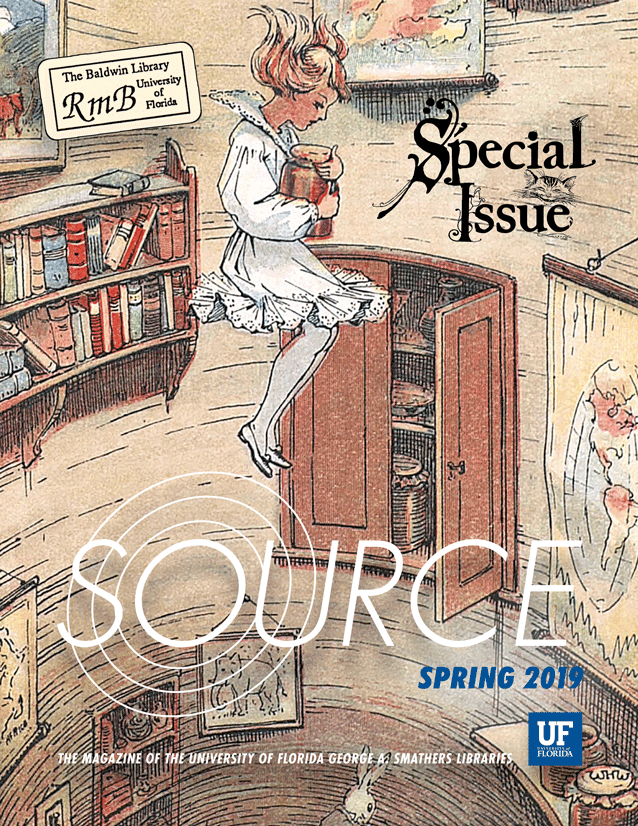Resumen
In Alice’s Adventures in Wonderland, Lewis Carroll creates a whimsical, alternative reality based on arbitrary rules and nonsense to express his ideas regarding the nature of dreams. While the original illustrations of the text were created by 19th-century English artist and satirist John Tenniel, famed surrealist Salvador Dalí provides a more expressionistic and psychological exploration of the mind through his own illustrations of Carroll’s work in the 1969 Maegenus Press edition of Alice. In order to understand Dalí’s interpretation of the text, it is important to trace his interests in dreams back to its origins in Sigmund Freud and Surrealism, which came to light during the early 20th-century and focused on new forms of expression that sought to unhinge the supposed creativity trapped in the unconscious mind. Although Carroll, Dalí, and Freud were all from different time periods, their individual beliefs about the nature of dreams allow for a better understanding of how to analyze Alice’s Adventures in Wonderland as a whole.
This agreement takes effect upon acceptance of the Submission for publication in SOURCE.
- I hereby grant to the University of Florida (“the University”) the non-exclusive right to retain, reproduce and distribute the Submission in whole or in part, in print and electronic format and in any medium. This agreement does not represent a transfer of copyright to the University.
- The University may make and keep multiple copies of the work for purposes of security, backup, preservation and access; and may migrate the work to any medium or format for the purpose of preservation and access.
- I represent and warrant to the University that the work is my original work and that I have the authority as sole author or I have the authority on behalf of my co-authors to grant the rights contained in this agreement. I also represent that the work does not, to the best of my knowledge, infringe or violate any rights of others.
- I further represent and warrant that I have obtained all necessary rights to permit the University to reproduce and distribute the work, including any third-party material. Alternatively, I represent that my use of any third-party material is allowed because the material is not in copyright or I have performed a fair use analysis and reasonably believe my use is permitted. Any content owned by a third party is clearly identified and acknowledged within the work.
- I grant these same rights to SOURCE. Additionally, I grant the right to both the University and SOURCE to enter into agreements with third-party entities and the rights necessary to host, print, index and abstract the Submission.
Open Access and Self-Archiving
SOURCE follows an open-access publishing model, meaning that all articles will be publicly accessible on the Internet immediately upon publication. I understand that I may share the submitted manuscript (preprint) of the Submission on the Internet at any point before or after publication, with a citation and link to the final version of record to be added as soon as the issue is available. I may disseminate the final peer-reviewed version at any point after publication.
Creative Commons License
SOURCE applies a Creative Commons Attribution NonCommercial 4.0 International license to encourage sharing and reuse of content and to maximize the impact of published research. By publishing in SOURCE, I agree that the terms of this license will be applied to the Submission. Smathers Libraries (copyright@uflib.ufl.edu) may be able to offer additional information.

